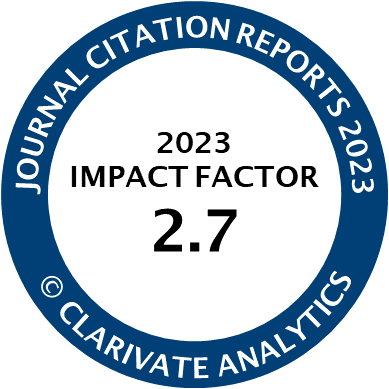Article | Open Access
Designing Technologies with and for Youth: Traps of Privacy by Design
| Views: | 3027 | | | Downloads: | 1674 |
Abstract: Media and communication scholars studying young people’s privacy often involve them in research in order to better understand their interactions with digital technologies. Yet there is a lack of research on how, when, and why it makes sense to involve young people in the design phase of new technologies and how data protection safeguards can be taken proactively by design. By engaging with the body of literature at the intersection of media and communication studies, participatory design, and child–computer interaction research, this article discusses how youth-centred design efforts risk falling into three traps of privacy by design, relating to: 1) the different degrees of decision power within and between child-centred design guidelines and participatory design with young people; 2) the involvement of young people in design as citizens versus consumers; and 3) the conditions under which their participation in design is empowerment rather than mere decoration. The contribution of this article is a critical, sociotechnical reflection on the challenges and opportunities of involving young people in privacy by design decision-making. The article concludes by outlining an agenda for participatory design within an encompassing empowerment and digital citizenship framework that invites young people to reflect on who they want to be in a data-driven society.
Keywords: digital citizenship; empowerment; participatory design; personal data; privacy; privacy by design; youth
Published:
© Bieke Zaman. This is an open access article distributed under the terms of the Creative Commons Attribution 4.0 license (http://creativecommons.org/licenses/by/4.0), which permits any use, distribution, and reproduction of the work without further permission provided the original author(s) and source are credited.




